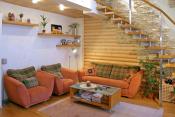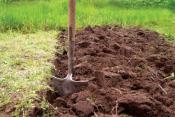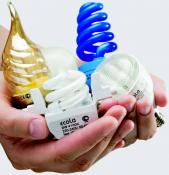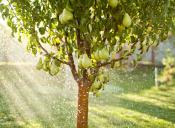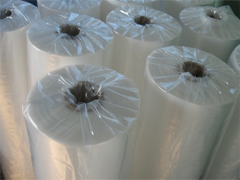Search
Login
Materials for the construction of greenhouses
Depending on the principle of the structure of the greenhouse, a wide variety of materials can be used: wooden beams, boards, battens, logs, metal pipes, corners, bricks, clay, plastic film or glass.
For the manufacture of frames using wood, steel or aluminum corners and pipes, fiberglass or black plastic pipes and much more.
The cheapest and most convenient option is a wooden greenhouse. To extend its service, all wooden surfaces are treated with an antiseptic solution or drying oil, and then painted with oil paint.
Basically, for the construction of frameworks, slats 15x70 mm thick and 20x80 mm wide are used, as well as beams with a width and thickness not exceeding 10 cm. The wood, as a rule, should be from coniferous and deciduous trees.
In second place in terms of strength is the metal frame. Such frames are easy to weld, fasten with bolts or rivets. However, the metal is subject to corrosion. To avoid rust, metal surfaces, like wood, should be coated with a layer of oil paint.
But metal frames have several drawbacks. Since they conduct heat well, they are much colder than in a wooden building. Another disadvantage is the formation of condensate, which when applied to the leaves of plants causes a variety of diseases. The most expensive material for the construction of frames is aluminum alloy. It has several advantages, for example, it does not need to be protected from corrosion. Below are a few designs with wooden frames. For their fastening, angles made of aluminum alloys, steel bars, wire made of brass, copper, aluminum or steel, window handles, hinges, screws and nails are used. Light-transmitting materials, such as glass or plastic film, are used to cover greenhouses. These materials are characterized by a set of simultaneous advantages and disadvantages.
The first among the advantages of glass is its good infrared conductivity and ultraviolet ray retention, which not only is not required by plants, but also leads to some diseases, such as sunburn.
A glass-covered structure retains heat better than if it were covered with a film. Glass is quite durable, relatively strong and conducts light perfectly. However, with sharp fluctuations in temperature, it cracks, with a strong impact it breaks and is very heavy compared to the film. It is also important that glass is an expensive material.
For the construction of greenhouses, sheet window glass is used, colorless or bluish. Its surface must be perfectly smooth and at least 3-4 mm thick.
A plastic film has many more advantages than disadvantages. It is lightweight, inexpensive, impact resistant, and easy to cut. In any case, upon impact it can break, but after this the beds do not need to be cleaned of fragments. Among other things, the film lends itself to deformation: it is easy to give it the necessary shape with glue, a soldering iron, iron, adhesive tape, solvent or thread.
When welding a synthetic film, the two ends are laid on top of each other and covered with a newspaper or heavy paper. At the junction, carry out a heated iron or soldering iron.
The film can also be glued. Adhesives BF-2 or BF-4 are suitable for this. Before gluing, both surfaces are treated with a 25% solution of chromic anhydride.
The easiest way to join two surfaces of a plastic film is to stitch them together. In order to increase the strength of the seam, make a lining of thick paper, stitching should be rare.
However, with many positive qualities, synthetic films also have disadvantages. So, under the influence of ultraviolet rays over time, the film loses its transparency. Strong wind also affects light transmission, gusts of which cause the appearance of an electrostatic discharge in the film, which reduces its transparency by about 20%. Another disadvantage is the hydrophobic properties of all films. This quality leads to the formation of condensate, which, as mentioned above, is detrimental to plants.
There are several types of synthetic films suitable for covering greenhouses. Some of them are described below.
The stabilized hydrophilic polyethylene film has an antistatic property, as a result of which it remains transparent for a long time and does not become dusty. The formed condensate does not fall on the plants, but collects and flows down the film. These qualities bring this material to the first place among the films.
An unstabilized hydrophilic polyethylene film has sufficient transparency, which allows sunlight to penetrate the structure by 90% of its total volume. Its surface is smooth, matte, with a pearlescent shade.
Heat-holding antistatic hydrophilic plastic film does not conduct infrared rays well. Due to this, heat is stored in the greenhouse covered with such a film at night, and during the day it protects plants from overheating.
The antistatic hydrophilic film is similar in its properties to heat-holding.
The stabilized reinforced film is very strong and durable. It perfectly retains heat, but conducts little sunlight. A mesh of polyethylene or fiberglass yarns with cells measuring 10x12 mm is pressed inside the material. The copolymer ethylene vinyl acetate film also has hydrophilic properties. Its difference is high light transmission and durability.
